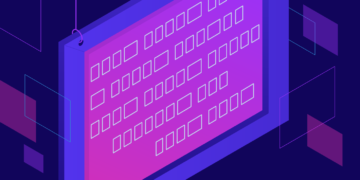PHP frameworks are always a popular choice when it comes to web development.
While there are many PHP frameworks, Symfony and Laravel are known as two of the best. Both frameworks are fast, secure, and convenient tools to create web applications quickly.
If you’re considering either of these frameworks for your next project, you should know the advantages and disadvantages of both Symfony and Laravel before making your final decision.
In this article, we’ll present a fair comparison of two of the most robust PHP frameworks out there: Symfony vs Laravel.
Check Out Our Video Guide On Symfony vs Laravel:
What Is Symfony?
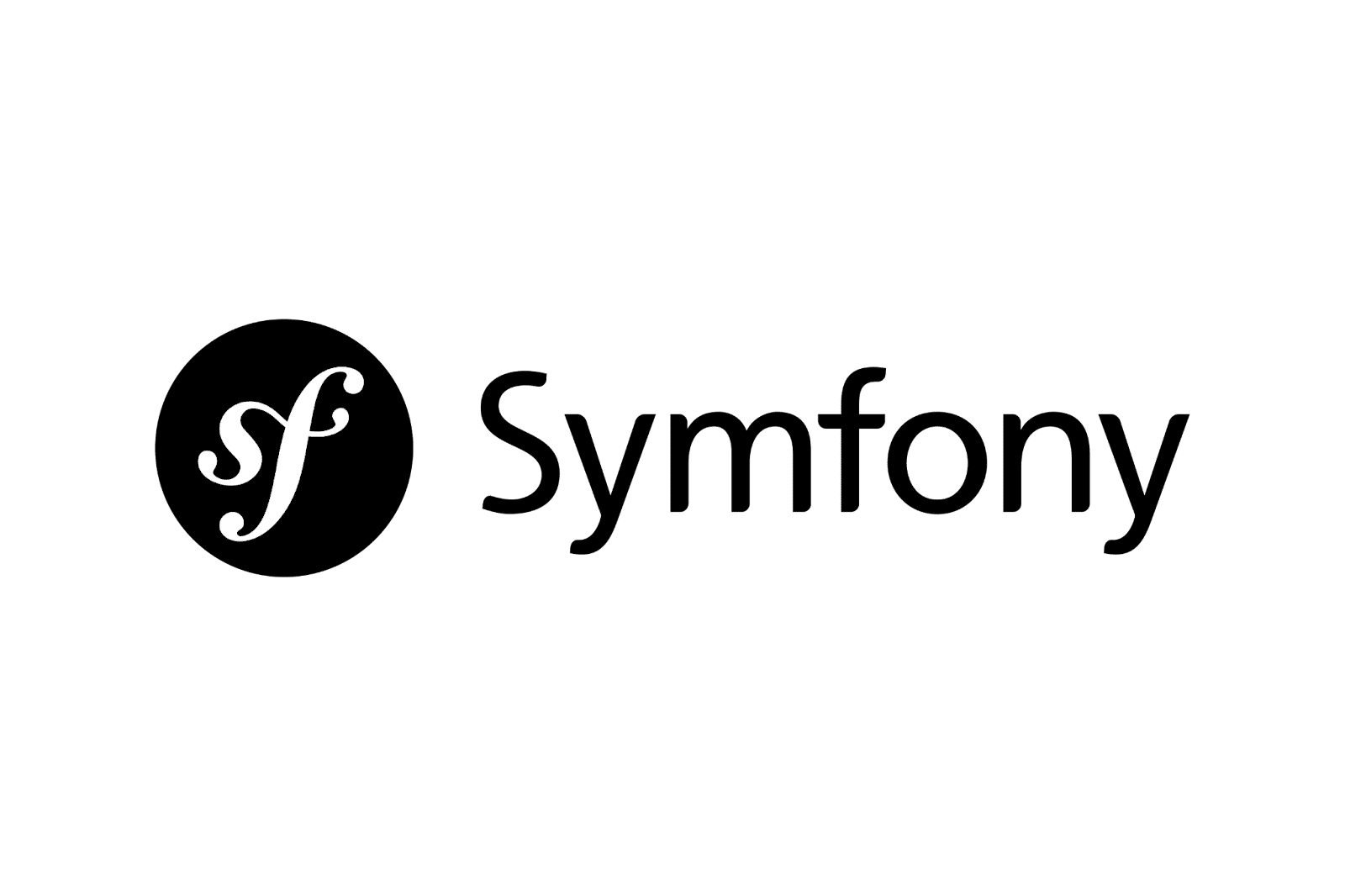
The Symfony framework consists of a collection of PHP components that function together: a web application framework, a concept, and a community.
With its reusable PHP components and dependence on the MVC architecture, Symfony is suitable for challenging enterprise initiatives as it is an established and reliable platform. It helps developers save time while reducing code errors.
Content management systems, microservices, blogs, reports, bots, eCommerce platforms, and accounting systems are the most typical use cases of the Symfony framework. The primary goal of this framework is to allow users to easily build software that suits their needs. Framework components are fully available for high-end installations.
Main Features of Symfony
Symfony provides some eye-catching features that are quite valuable in getting a business application up and running. The following are some top features of Symfony.
MVC Design Pattern
Symfony uses the Model-view-controller (MVC) architecture, which is ideal for scalable and organized website development projects. This architecture ensures that projects are developed with an organized file system. It expedites and simplifies the development process by maintaining the separation between the business and presentation layers. As a result, users can add new functionalities and features without additional time and effort.
Flexible URI Routing
The Symfony Routing Component is indeed a popular routing component adapted by many frameworks. It helps you build up routes in your PHP application and offers much versatility. It is worth trying this Routing Component if you’ve constructed a bespoke PHP application and are seeking a feature-rich routing library. You can use this tool to define routes for your application in YAML.
Twig Template Engine
Using templates is the best way to manage and render HTML within your application if you need to generate HTML from a controller or create email content. Symfony uses Twig, a versatile, quick, and secure template engine, to construct templates. Twig templating language enables you to write clear, legible templates that are more user-friendly for web designers and more potent than PHP templates in some ways.
Some of the reasons why twig is user-friendly are:
- Twig’s syntax is incredibly concise, which improves the readability of templates.
- Twig offers shortcuts for frequent patterns, such as displaying a default text when iterating over an empty array.
- The syntax is simple to understand and has been enhanced so that web designers may complete their work quickly without encountering any obstacles.
- The syntax is fully unit-tested and documented.
Session Management
There is a robust and adaptable session subsystem built into the Symfony HttpFoundation component. It aims to enable session management through a simple object-oriented interface using a range of session storage drivers. Cookies provide client-side data storage, although they can handle very little data. One cookie is typically 2KB per domain and varies per browser. The server-side data storage offered by sessions supports massive amounts of data.
Error Logging
Symfony uses Monolog, a third-party PHP logging framework that can be used to write and store logs in various ways. It is used to handle logging in to Symfony. Symfony logs are often kept in the var/log/dev.log and var/log/prod.log subdirectories of the project directory based on the environment. Yet, you can alter these settings in the Monolog package configuration file, which can be found at config/packages/monolog.php.
Symfony Use Cases
The following are some applications developed with Symfony.
- Trivago
- Drupal
- Wikimedia
- phpMyAdmin
- Dailymotion
- Spotify
- NatGeo
- OpenSky
- Doctrine
- BlablaCar
- Vogue France
- Doc planner
While these are the common popular applications built with Symfony, you can use Symfony to build almost any general application. For example, you can use it to build learning management systems. Financial wen applications. SaaS applications etc.
What Is Laravel?
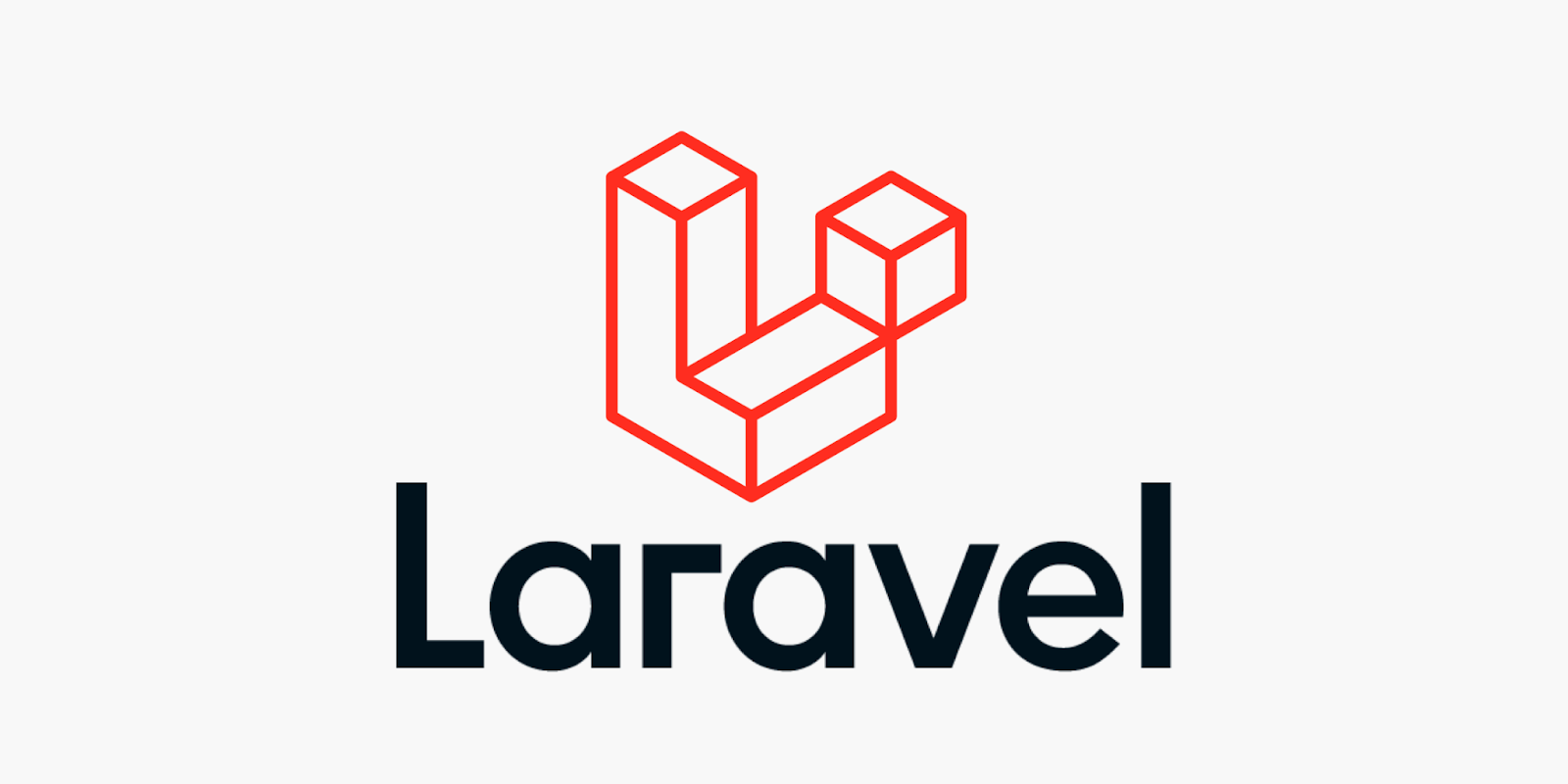
Laravel is an open-source PHP web application framework with creative and elegant syntax. It follows the MVC architecture. Laravel is highly renowned for its straightforward and quick writing style and requires the least amount of configuration. It utilizes the most recent elements of many frameworks to build a web application. Laravel is an easy-to-learn framework if you are familiar with PHP.
Laravel reduces development time due to its simplicity. It contains a Laravel dependency manager and a modular packaging mechanism. Laravel is suitable for all types of organizations due to its prominent features, dependable performance, verification sessions, and adaptivity. SaaS-based applications, multilingual CMS platforms, on-demand online streaming apps, and self-hosted surveillance applications are a few prominent use cases of Laravel.
Main Features of Laravel
Laravel offers fantastic features like localization, views, session handling, request routing to a specific controller, and built-in authentication support. Some of its features are explained below.
MVC Design Pattern
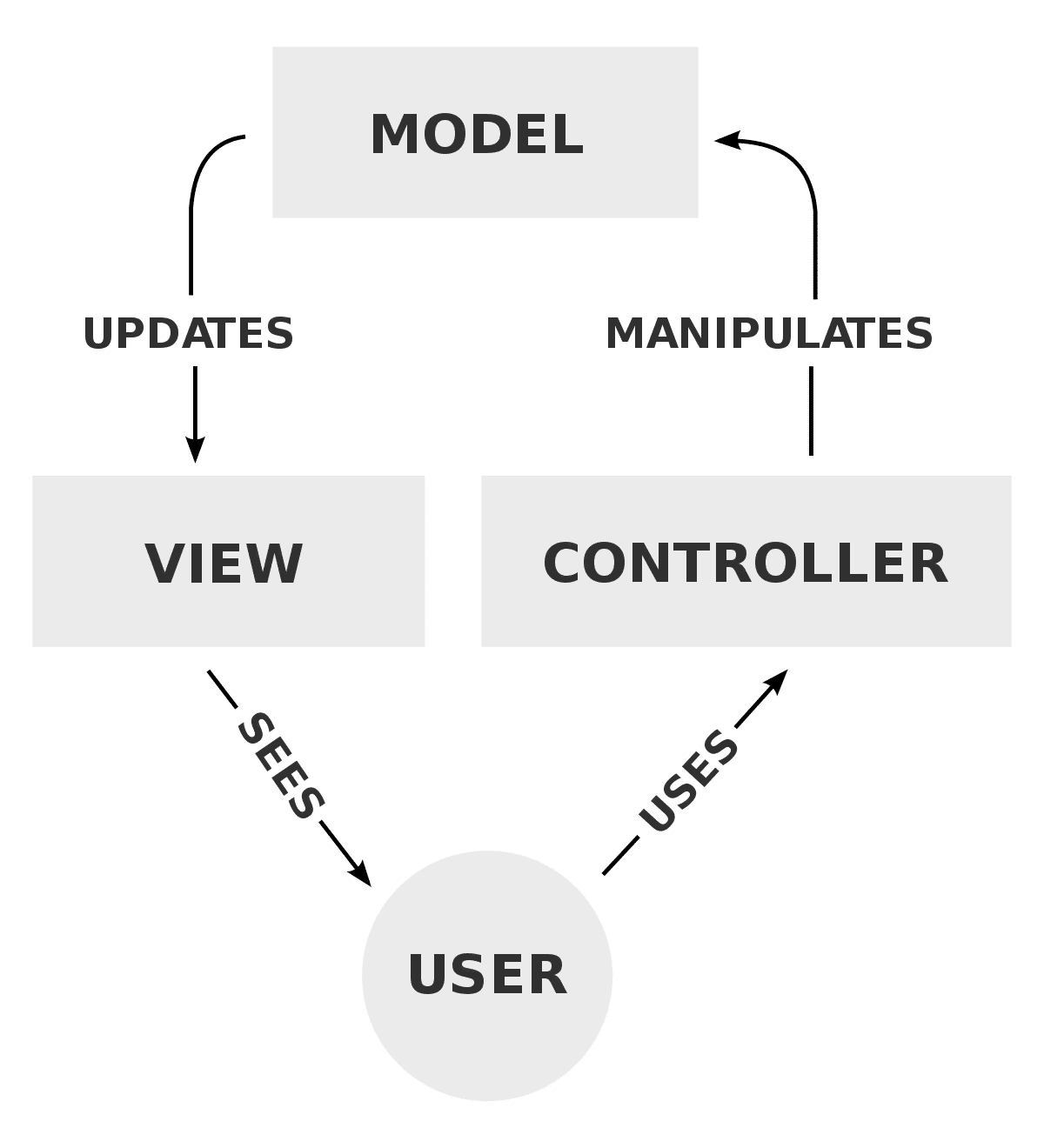
Laravel supports the model-view-controller (MVC) design pattern, which ensures the separation of the presentation and business logic layers. The MVC design of Laravel includes tons of built-in features, enhances app performance, and boosts security and scalability.
Inbuilt Authentication
The Auth and Session facades are commonly used to access the integrated authentication and session services of Laravel. These functionalities help authenticate web browser-based requests using cookies. They offer techniques that let you verify a user and check their credentials. Additionally, these services will instantly provide the session cookies of the user and store the authentication information in the session.
Blade Template Engine
The Laravel framework contains a potent templating engine called Blade. It simplifies writing syntax and allows using the templating engine easily. Conditional statements and sequences are among the structures that the blade template engine offers. Simply create a new view file and save it with the.blade.php extension instead of the .php extension to generate a blade template. The ‘/resources/view’ subdirectory houses the blade templates. The ability to build the master template, which may be expanded by additional files, is the fundamental benefit of employing blade templates.
Artisan Built-In Command Line Tool
The Artisan command-line tool that comes with the Laravel framework helps automate laborious and recurrent programming processes. You can also build the database structure and skeleton code using the artisan tool. It is also useful for managing migration tasks, allowing easy management of different database systems.
Additionally, this CLI tool can interact with those resources and their configurations by creating original MVC files via the command line. Artisan even helps developers to create and use commands. One can write custom codes to make applications more effective. However, Artisan’s effectiveness does not stop there. Developers can create migrations, publish package assets, and do a variety of other related operations. Artisan comes with a ton of built-in commands which is the developer’s dream. Many people prefer the built-in commands, even though they have to work with custom ones sometimes.
Unique Support for Unit Testing
Laravel is the most widely used PHP framework for creating applications. It is also renowned for being an excellent testing standpoint, thanks to its innovative testing features. There are two ways to test your project in Laravel: feature testing and unit testing. While feature testing lets you test your code base, unit testing allows you to create your classes, controllers, models, etc.
Laravel Use Cases
Laravel has a beautiful and expressive syntax, and the process of building web apps is easy and satisfying. Therefore many use cases can be found based on Laravel due to its easiness. Let’s now explore the applications built with Laravel.
- Pfizer
- BBC
- About you
- Ratio
- TourRadar
- Crowdcube
- 9GAG
- Fingent
- Invoice Ninja
- Cheesecake Labs
- Belitsoft
- Innowise Group
Symfony vs Laravel: Head-to-Head Comparison
It may be challenging to choose between these two; each has advantages and disadvantages that you should be aware of before choosing Laravel or Symfony for your project. In order to help you decide which of these frameworks will work best for you, we have prepared a brief comparison between them.
Similarities
Since both these frameworks are based on PHP, it’s not a surprise that they have similarities. So, the following are a few similarities between Symfony and Laravel.
- Both use PHP as their programming language
- Both these frameworks are cross-platform.
- Both are multi-user and support multi-language content.
- They offer the application’s framework, interface design patterns, and text search support.
- Support for MVC design and object-relational mapping
- CLI tools for common tasks and testing tools are readily available.
- Includes the full stack and runs on several platforms
- Characteristics built-in to internationalization and extensible
- Developer support from a huge community
Popularity and Job Market
According to statistics, 11,654 websites use Symfony, whereas 135,974 websites use Laravel. When comparing the market shares of these frameworks, Laravel comes on top among sites with 10k, 100k, and 1 million visitors. When it comes to GitHub stats, Symfony has 25.4k stars, whereas Laravel has 65.8k stars. The number of contributors to the respective communities of the framework is another important fact to consider: Symfony has 2394 contributors, while Laravel has 2576. These numbers clearly indicate that the job market for Laravel is higher than for Symfony.
Learning Curve
Symfony is more challenging to learn than Laravel. Although the documentation is quite helpful, you do not have as many tutorials and community assistance as with Laravel. Laravel has a very lenient learning curve. Developers can learn everything about this framework from its tutorials, videos, and documentation.
Performance
Laravel outperformed Symfony in earlier iterations. However, the advantages of Laravel have almost completely vanished thanks to advancements in Symfony 4+. The performance improvements that Laravel originally bragged about might no longer exist. Performance is a coin flip as long as you utilize the most recent iteration of each PHP framework.
Modularity and Scalability
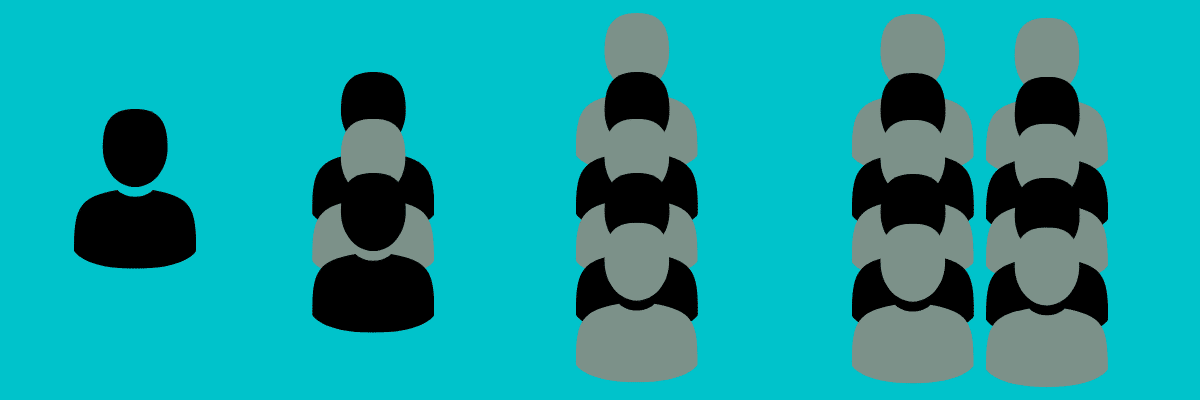
Reusable components in Symfony offer greater modularity. Larger and more complicated projects greatly benefit from its simpler code organization. Thus, many seasoned PHP developers prefer Symfony over Laravel.
Laravel is solely used in MVC-based apps. Laravel can’t assist you if you start to deviate from the MVC paradigm.
However, It’s very easy to get started and develop and run your application thanks to the pre-built dependencies of Laravel. However, you should carefully select your dependencies and plugins when you develop large-scale applications. The reason for that is scaling your application becomes difficult when you use a lot of plugins as they need to be scaled too according to the growth of your application.
Security
While Symfony has a robust security system, it can be tricky to set up. It supports a variety of authentication methods and a fairly granular permission scheme. Although Laravel has a more straightforward approach to security, the fundamental features are usually more than sufficient.
ORM
Symfony uses object-relational mapping (ORM) to access data through Doctrine. The following databases are supported by Symfony SQLite, SQLServer, SAP Sybase SQL Anywhere, MySQL, Oracle, and PostgreSQL. Eloquent is used by Laravel to retrieve data using object-relational mapping (ORM). Laravel supports MySQL, SQLite, PostgreSQL, and SQLServer databases.
Database Migration
Symfony automates database migrations. The fields of the model only require straightforward definitions. While it certainly appears like a quick victory, database migrations in Laravel are manual when looking further. However, they don’t call for field definitions. Here, both frameworks have their own advantages.
Support and Community
Although Symfony has excellent documentation, it is complicated. Laravel has tons of training, courses, and online support resources due to its popularity. Moreover, Laravel offers education and information through the Laracasts discussion board, Treehouse, Codebright, and Sitepoint. It is more difficult to learn Symfony than Laravel. While there is documentation, there are not as many tutorials or community help as with Laravel.
Symfony vs Laravel: Which Should You Choose?
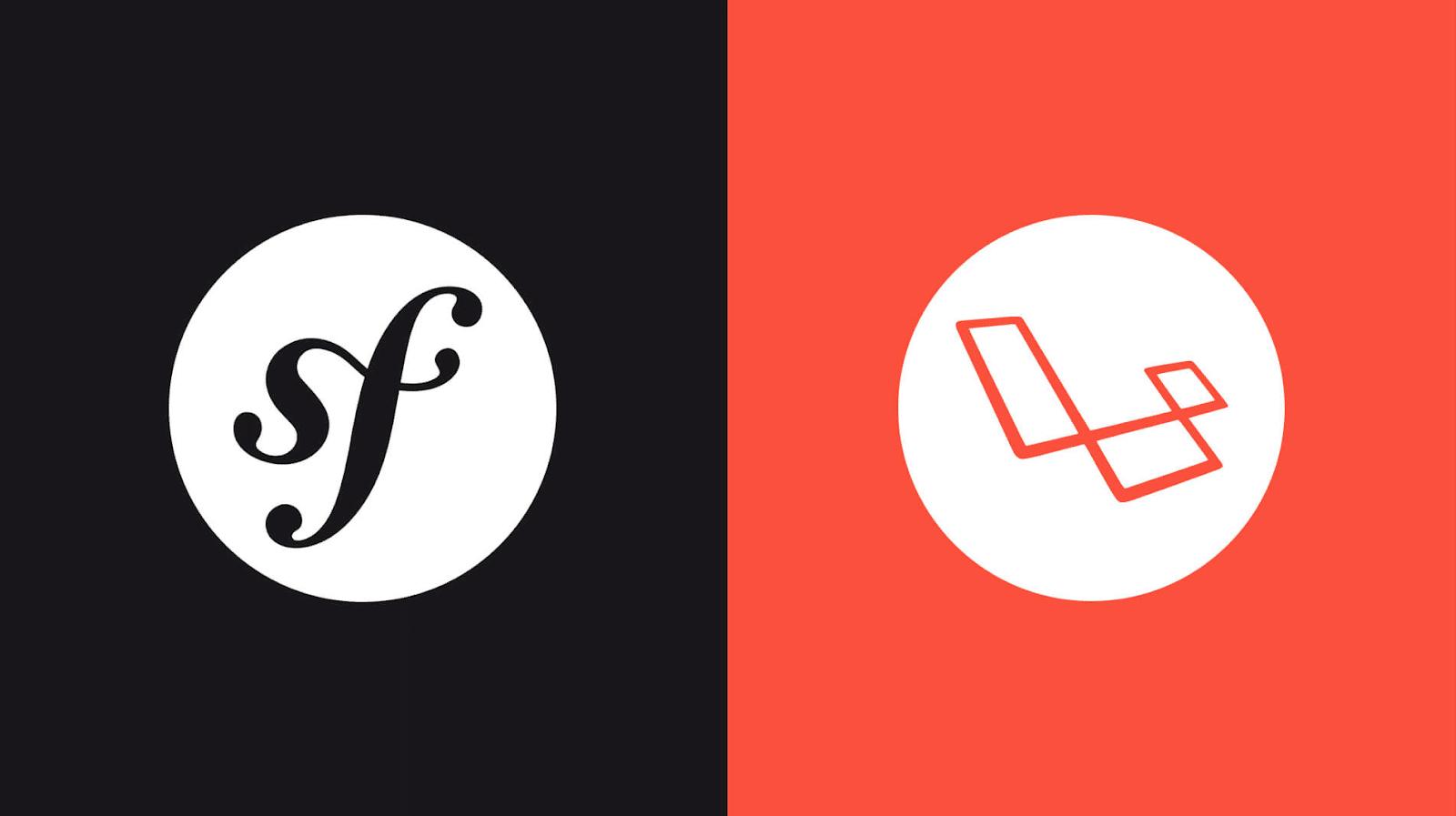
There is no apparent winner between Laravel and Symfony, as everything is based on your ultimate objective.
Symfony is the best choice if:
- You are developing a complicated enterprise application as it is well-structured, extensible, and maintained.
- Since Symfony has clear release dates for the next six years, it’s much less probable that there would be any surprises designing the conversion of a significant long-term project.
Laravel is a preferable choice if:
- The framework is new to you, but it’s straightforward to learn and offers superior learning resources with a simplified syntax.
- You’re developing a startup product and testing your theory since Laravel developers are simple to find, and it’s fantastic for rapid application development.
Regardless of which one you choose, though, you’re going to need someplace to host your framework. Kinsta’s Application and Database Hosting solutions are perfect for projects of all shapes and sizes, from tiny proof-of-concept apps to massive interactive applications with multiple integrated databases.
Kinsta’s Application Hosting platform is designed to let you focus on your code while our team of seasoned experts handles the heavy server-side lifting. Your app will run on Google’s top-of-the-line Premium Tier Network C2 machines, and our Cloudflare integration will lend you even greater speed and enhanced security. There’s no limit on builds; in fact, you can even trigger concurrent builds if you so choose. What’s more, you can seamlessly connect all your Kinsta-hosted databases to your apps.
App deployment on Kinsta is as simple as can be. All you have to do is connect to your GitHub repository, answer a few prompts about your preferred settings, and voilá: Your app is up and running! Plus, if you sign up for any plan now, you’ll even get $20 off your first month.
Summary
Symfony vs Laravel is a worthy debate regarding these two feature-rich frameworks.
But which should you choose? It all depends on the issues you’re trying to solve and the technology that will do it best.
Symfony is best suited for complex web applications or long-term development projects that demand novel development techniques. However, we would suggest Laravel if you want to create a straightforward web application with little expense in a shorter period.
What will your choice be for your next PHP project? Share your thoughts in the comments section below.


